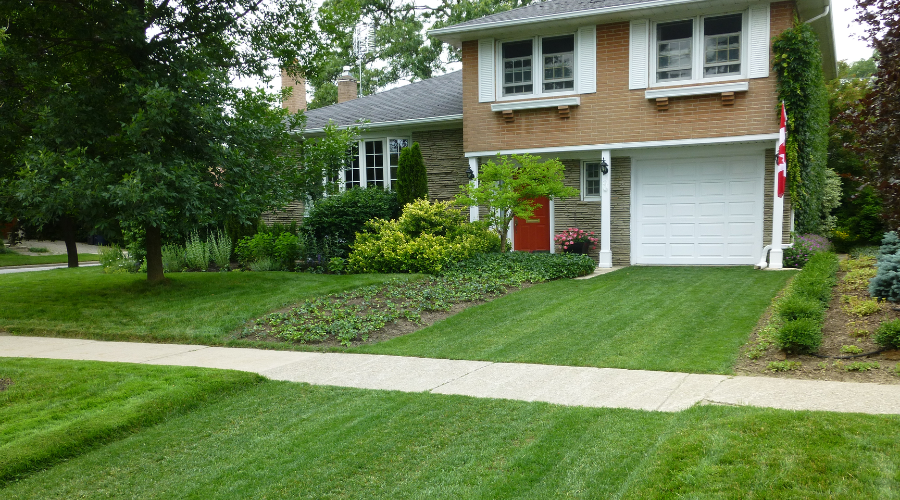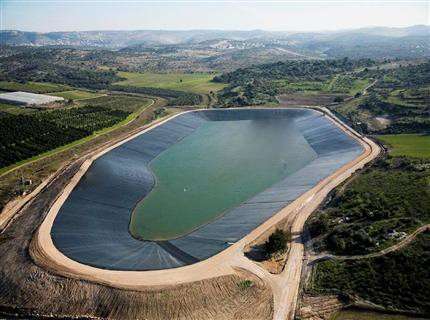
Blog

Jul 13,2023
How Grass Grids Enhance the Sustainability and Durability of Outdoor Surfaces
Grass grids, often called grass stabilization grids or grass driveway grids, are creative solutions with several advantages for outdoor surfaces. These grids are an environmentally responsible and long-lasting option for roads, parking lots, paths, and other outdoor spaces since they offer structure and support while encouraging the development of grass. We will examine how grass grids improve the sustainability and toughness of outdoor surfaces in this blog post, giving you a thorough understanding of their benefits.
Enhanced Water Drainage:
Grids for grass stabilization greatly enhance water drainage on outdoor surfaces, lowering the chance of erosion and water buildup. These grids' distinct design enables water to penetrate the ground and through the surface, avoiding runoff and putting less pressure on drainage systems. You can efficiently manage stormwater and support sustainable water management practices by implementing grass stabilization grids.
Minimized Soil Compaction:
Soil compaction, which can result in poor grass growth and insufficient water absorption, is one of the main problems in creating outdoor surfaces. By evenly spreading the weight of automobiles and foot activity over the surface, grass grids address this problem. Because of the grid structure's reduced soil compaction, the grassroots may grow deeper and create a solid, sturdy foundation. As a result, the surface's general toughness is increased.
Increased Load-Bearing Capacity:
Grass driveway grids are ideal for various applications because of their exceptional load-bearing capabilities. These grids offer stability and support to allow for large vehicles without affecting the integrity of the surface, whether it's a private driveway or a parking lot. Grass stabilization grids can make functional outdoor areas that survive repeated use and heavy loads while maintaining an aesthetically pleasing appearance.

Eco-Friendly Solution:
An environmentally friendly substitute for conventional paved surfaces is grass grids. These methods encourage natural filtration, lessen the impact of the heat island effect, and enhance air quality by allowing grass to grow through the grid holes. Grass serves as a natural carbon sink by assisting in the collection of carbon dioxide. Additionally, the grids are frequently constructed from recycled materials, which minimizes waste and promotes sustainable practices.
Versatile Applications:
Grass stabilization grids can be used for various things outside only driveways. They can be used for equestrian areas, pedestrian walks, bike paths, golf cart tracks, etc. These grids are helpful for various outdoor projects because of their adaptability, which offers a long-lasting and environmentally friendly solution for many sorts of surfaces.
Improved Aesthetic Appeal:
Grass stabilization grids improve not only outdoor surfaces' functionality but also their visual appeal. The grids allow grass to grow naturally through the openings, giving the area a green and attractive aspect. The grass is desirable for residential buildings, parks, and public spaces because it naturally blends with the surface and surrounding scenery.
Cost-Effective Solution:
A more affordable option to conventional paved surfaces is grass grids. The scale of the project may affect the initial installation costs. However, ongoing maintenance costs are significantly decreased. Because grass grids don't require regular resurfacing, repaving, or sealing, they can save time and money throughout the surface's lifespan. Additionally, the durability of grass stabilization grids, which allows them to resist repeated use and remain strong for many years, adds to their cost-effectiveness.

Erosion Control:
Outdoor places with much foot traffic or vehicle movement frequently experience erosion. By strengthening the soil structure and preventing it from being washed away, grass stabilization grids are essential in preventing decay. Even in adverse weather, the interconnected grid structure aids in stabilizing the soil and preserving its integrity. Grass grids assist in maintaining the integrity of outdoor surfaces and protecting the local ecosystem by reducing erosion.
Increased Safety:
When it comes to outdoor surfaces, safety should always come first, especially in places where people are prone to slipping and sliding. Grids for grass stabilization improve stability and traction, lowering the danger of accidents brought on by slick surfaces. Even in wet or freezing circumstances, the grass-filled apertures give automobiles, bicycles, and pedestrians a safe place to stand. For roads, walks, and recreational areas where safety is a top priority, grass grids are the perfect option.
Easy to Install And Maintain
Grass grids are pretty simple to install and don't need much upkeep. Since the grids are frequently modular, they can be easily assembled and customized to meet the project's needs. Once the installation is complete, essential maintenance entails frequent mowing and sporadic debris clearance to guarantee ideal grass growth and performance. Grass stabilization grids are a practical and time-saving choice for property owners and landscapers due to their low maintenance requirements.







